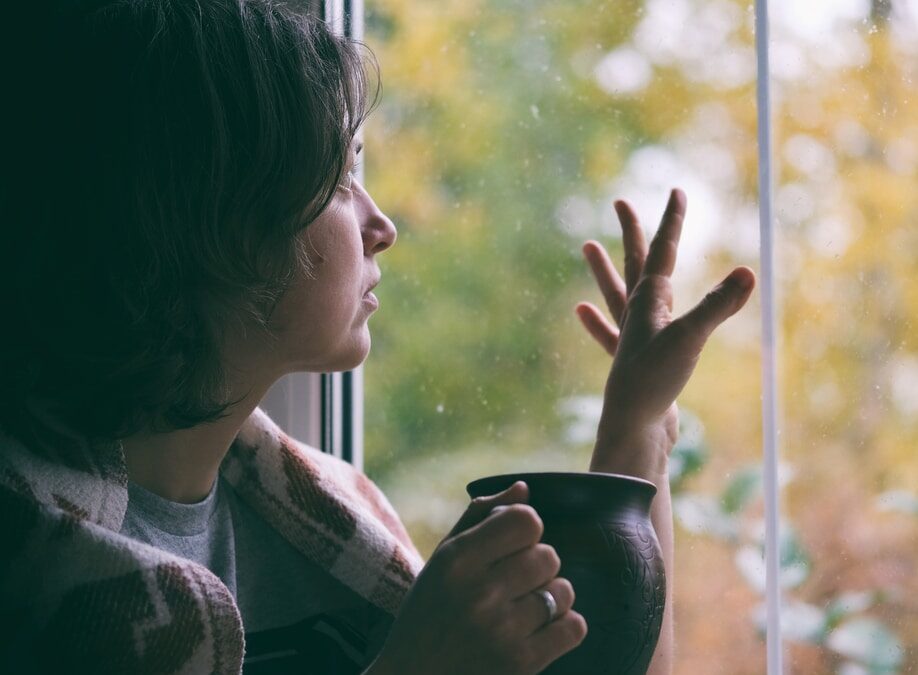During the autumn and winter months, it’s normal to feel a little down – after all, the warm summer months are gone, and there are only cold, grey days looming. However, if you find yourself feeling down most of the time and can’t seem to keep yourself motivated like you once did, you may be experiencing Seasonal Affective Disorder (SAD).
While this type of disorder is seasonal and will pass, you don’t have to struggle through this alone. In this post, Select Psychology looks at the details of Seasonal Affective Disorder, its causes and potential treatment options.
What Is Seasonal Affective Disorder?
Seasonal Affective Disorder is commonly referred to as seasonal depression and is caused by the changing seasons. Generally, this disorder develops during the onset of autumn and fall and gets worse throughout the winter months before ending in the warmer, sunnier days of spring.
Now, this may seem like a simple case of the “winter blues”. However, SAD is much more serious. It is a form of depression that has its own symptoms that can inhibit your daily life. Luckily, there are many coping mechanisms you can employ to work through your seasonal affective disorder.
What Causes Seasonal Affective Disorder?
Unfortunately, the exact reasons for the cause of Seasonal Affective Disorder are largely under researched and unknown. However, it’s believed that there are some elements that do affect it.
As fall approaches, the sun starts to rise later and set earlier. This reduced level of sunlight may disrupt your circadian rhythm, which is your body’s internal clock. This can result in feelings of depression.
In addition to this, reduced sunlight can also lead to a drop in serotonin levels. Serotonin is a neurotransmitter that plays a key role in several bodily functions. A drop in this chemical can lead to depression as well.
Most recent research suggests that the change in seasons can also affect the body’s melatonin levels – the hormone that your brain produces in response to darkness, helping your circadian rhythm. When this hormone is imbalanced, you may experience difficulty sleeping too.
Seasonal Affective Disorder Symptoms
While SAD usually begins in autumn and ends in spring, it is also possible to develop an opposite pattern where the symptoms develop in the spring or summer months before curtailing in the colder and darker seasons. Either way, there are several signs and symptoms of Seasonal Affective Disorder, such as:
- Experiencing low energy levels and feelings of sluggishness
- Feelings of sadness or listlessness almost every day
- Sleeping too much
- A loss of interest in the activities you once enjoyed doing
- Developing a craving for carbohydrates, overeating and weight gain
- Experiencing feelings of worthlessness, guilt or hopelessness
- Having difficulty concentrating
- Having thoughts of not wanting to live anymore
Symptoms Specific To Winter SAD
While all of the above signs may develop during “winter depression”, symptoms specifically related to it include:
- Oversleeping
- Weight gain
- Low energy levels or tiredness
- Changes in appetite (such as developing cravings for foods high in carbohydrates)
Symptoms Specific To Summer SAD
As winter SAD, there are some signs of SAD that are more likely to develop in those experiencing summer SAD such as:
- Weight loss
- Changes in appetite (decrease in appetite)
- Insomnia
- Increased irritability
- Anxiety or agitation
Can Seasonal Affective Disorder Be Treated?
Yes, there are numerous Seasonal Affective Disorder treatments. It’s recommended that this disorder be treated in the same manner as all other types of depression. Once you have been diagnosed, your healthcare provider will be able to recommend a treatment solution based on your personal symptoms and how severe your SAD is.
PHOTOTHERAPY
More commonly known as Light Therapy, during this treatment, you will have to sit in front of a special light box every morning. This will ensure that you’re exposed to bright light within the first hour of your morning. The light imitates natural outdoor light and appears to positively impact one’s brain chemicals, such as serotonin, which are linked to your overall mood.
This is one of the first lines of treatment used on SAD patients. Generally, people report positive results within a few days to weeks after beginning phototherapy.
MEDICATION
Some medications, such as antidepressants, can also be used to treat SAD successfully. This is especially true in severe cases. With antidepressants, it’s important to remember that it may take several weeks to feel the effects. Additionally, it may take some testing with your healthcare provider to find the right type of antidepressant and dosage for you.
PSYCHOTHERAPY
Also known as talking therapy, this is a treatment option for SAD. A specific approach of psychotherapy, called cognitive behavioural therapy (CBT), is typically used to deal with this form of depression.
Through CBT, you’ll be able to develop healthy coping mechanisms, identify and rectify negative thoughts or behaviours, learn stress management techniques and also build healthy behaviours that can combat SAD and its symptoms.
If you are located in or near to Newcastle, get in touch with us today. Our team of professional psychotherapists are always on hand to help and support you.

